How to Use Cannabis Oil for Pain Relief
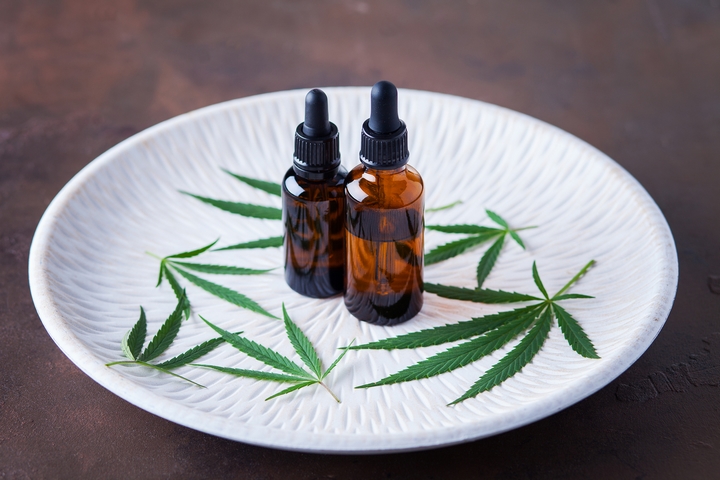
Many treatments are suggested for people with chronic pain. Some are therapeutic while others are home remedies or alternate therapies. One such alternative is cannabis oil, which is often recommended as an alternative to the use of conventional prescription painkillers. There is mixed evidence regarding the benefits of cannabis oil for the treatment of pain as it may have a positive impact on some patients but not on others.
Are you interested in using cannabis oil to improve your health and treat your pain? Here are nine recommendations on how to use cannabis oil for pain relief:
1. Treating Chronic Pain

Cannabis oil can be used to treat chronic pain that is associated with nerves and muscles. That is one of the primary indications for its use. This means that any pain that is not nerve or muscle related, such as acute pain due to toothache, a laceration or a bone fracture, there is very little chance that cannabis oil will work. Many people complain that cannabis oil did not help heal their pain; but it might be that they are using it to treat the wrong type of pain.
2. No One-Size-Fits-All Dose
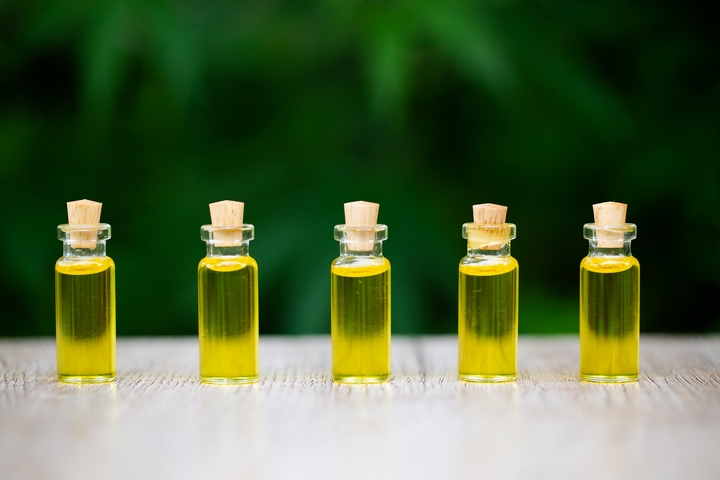
While you can use cannabis oil to treat pain, there is no standard dose that is proven to provide pain relief. In other words, there is no universally agreed upon dose for cannabis oil for the treatment of pain. What works in some people may not work in others. You may have to try several different concentrations to determine what dose works best for you and relieves your pain.
3. Learn About the Ingredients

When using cannabis oil to treat pain, you should know that the manufacturing of cannabis oil is not well-controlled. There are many manufacturers out there and the formula, additives, concentration, type of leaves, and the processing varied with each manufacturer. Thus, the eventual product also varies in its potency. It is important that you buy your cannabis oil for pain from a reputable and reliable seller. Before you spend a lot of money, speak to others who have used cannabis oil and if it produced pain relief and then opt for that seller.
4. The Types of Cannabis Oil
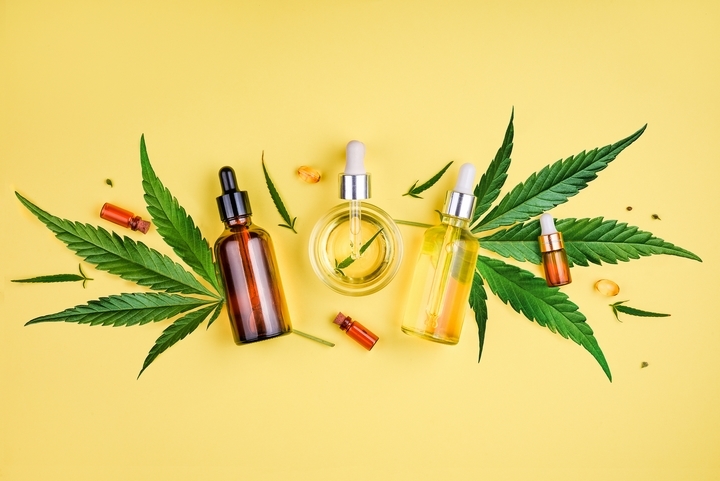
Cannabis oil is available in several formulations. You can apply it topically to the skin area, consume it by mouth, chew it, or smoke it. The formulation which you choose will be based on your personal preference. Some people find that smoking produces better pain relief than taking it by mouth, while others prefer to use the topical version. Again, it is best to use it the way you prefer it or the way it provides you pain relief.
5. Be Aware of Your Response
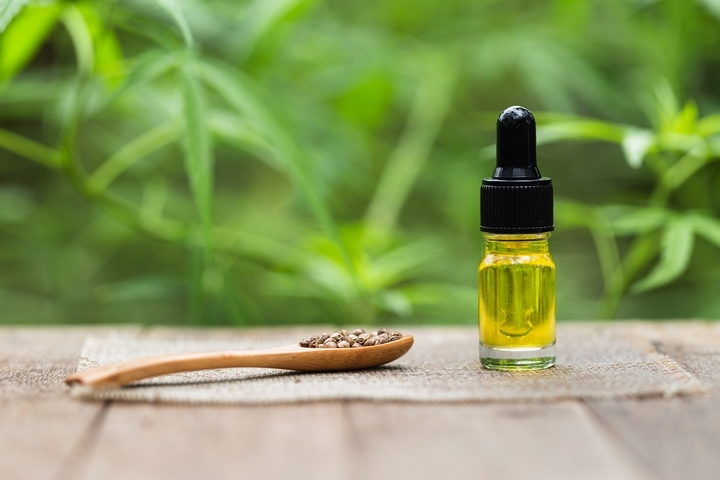
The recommended oral dose of cannabis oil is about 20 to 25mg every day. You take this every day for three to four weeks. Pain relief is usually gradual. If there is no pain relief, it is recommended that you increase the dose by 25mg every three to four weeks until you get a response. If after taking 100 mg of cannabis oil you get no response, it is unlikely that the product will work for you and you may have to try a different brand of cannabis oil.
6. Hemp Paste
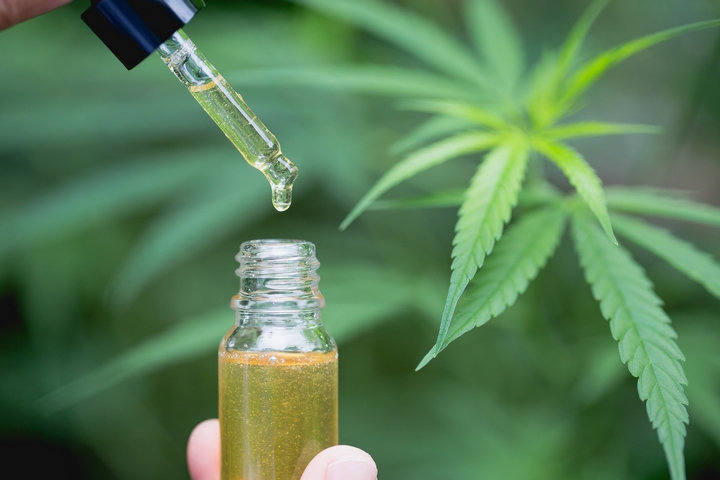
If you are using the hemp paste, there is no set dose for pain relief. Initially, apply the hemp oil as a thick paste over the area causing pain. You may need to cover the oil with a bandage to prevent spillage. In most cases, pain relief from cannabis oil applied to the skin takes a few days, and the effect many not always be consistent.
In addition, the oil should not be applied to areas of skin that is broken or infected.
7. A Cannabis Spray

There is also a cannabis spray available which is applied beneath the tongue. This method of pain relief works well if you have a headache or sinus pain. While pain relief is rapid, the effects are not sustained for many hours. Repeat dosing may be required.
8. Have a Chew
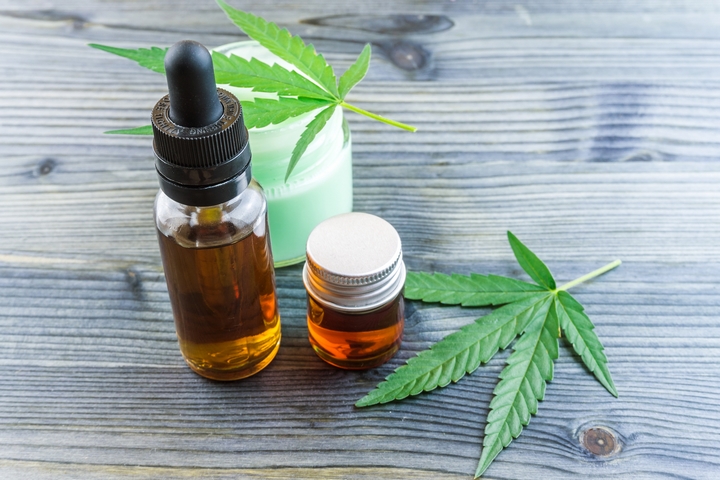
Cannabis oil is also infused into chewing gum and sometimes used for pain relief. The dose in the chewing gum is small, and it only works for mild pain. The gum has to be chewed for at least 15 minutes to produce the effects. The pain-relieving benefits are not sustained for more than a few hours. Keep in mind that the effect is mild and in some, it may be not effective at all depending on the severity of their pain.
9. Edible Consumables

CBD edibles are also available for pain relief. These products are best for individuals who do not want to smoke cannabis. These edibles include brownies, cookies, and gummies. They provide good pain relief, but pain relief is not immediate.
The fact is that alternate therapies, such as cannabis oil, are not guaranteed to work in every patient. Unlike medicines with recommended dose and treatment duration, there is no such standard when it comes to cannabis oil. Every patient has a different response, and some may have no response at all.



















